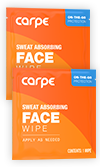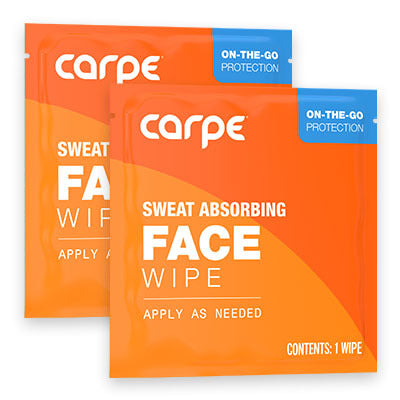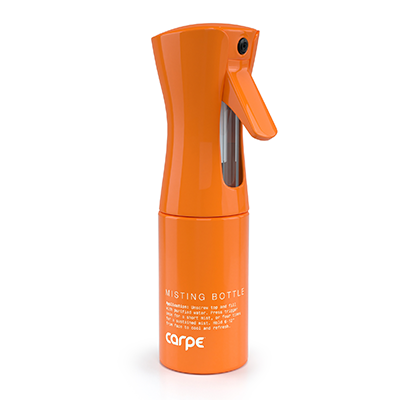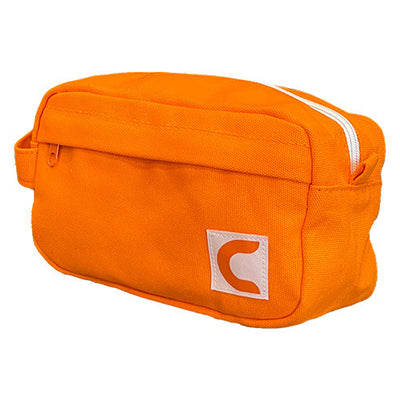Oral medications are often used for the treatment of hyperhidrosis. They are most effective when used in conjunction with other therapies, like topical treatments, to control and minimize the symptoms of hyperhidrosis. They are considered to be a second or third line therapy, and should only be used when other, more localized, treatments have failed to show significant improvement. If someone is planning to use oral medication, it is important to manage hyperhidrosis with an experienced doctor. Medications can be an important aspect of a treatment plan for individuals suffering from hyperhidrosis, and it can greatly improve their quality of life. There are several types of medications used in the treatment of hyperhidrosis which include anticholinergic agents, beta-adrenergic blockers, alpha-adrenergic agonists, benzodiazepines, and a few other less commonly used drugs. No oral drugs are currently approved by the FDA for use in patients with hyperhidrosis, but they can be used off-label for this purpose.[1]
What type of hyperhidrosis patients should consider oral medications?
Patients who tend to find oral medications the most effective are those who suffer from all-over sweating, usually caused by secondary generalized hyperhidrosis, and those with primary focal hyperhidrosis who have tried localized therapies, and found them ineffective or intolerable. It is usually recommended that patients try topical creams, botox treatment, iontophoresis, local permanent treatment options for axillary hyperhidrosis, or other localized treatments before moving on to systemic medications. Oral medications can also be especially helpful for patients in which the cause of their hyperhidrosis cannot be removed or remedied. For example, in a patient with a psychiatric illness who suffers hyperhidrosis as a result of a medication, but who can’t stop taking it. Adding another medication to reduce the sweating would be more effective than simply taking the patient off of their psychiatric medication.[1] There are several common medications that can actually cause hyperhidrosis, so situations where medications must be given as an addition to another treatment are not uncommon. Oral medication can also be useful for patients who had a surgical procedure for primary focal hyperhidrosis and need relief from compensatory sweating.[1]
Some patients, in particular, are not good candidates for oral medication. People who play sports and have hyperhidrosis and people who may become overheated easily are two groups of people that should not take oral medication for hyperhidrosis. This is especially pertinent with the use of anticholinergic agents because they cause the body produce less sweat everywhere, which makes it so the body cannot properly cool itself down during times of excessive heat or increased activity. It is also important to consider the possible dangers of oral medication use in kids who have hyperhidrosis, as they have difficulty with self-monitoring and may become dangerously overheated. There are medical treatment options for children with hyperhidrosis, but parents should be weary when considering oral medications for their children.[1]
Types of Oral Medication:
Anticholinergic Agents
An anticholinergic agentic is a type of medication that blocks the neurotransmitter acetylcholine in both the central and peripheral nervous systems. Sweat glands are innervated by the sympathetic nerves and use acetylcholine as their primary neurotransmitter, which is how they communicate. Therefore, when an anticholinergic agent blocks acetylcholine it prevents the body from sending the messages that tell it to produce sweat. This makes anticholinergic medications one of the most effective and commonly used oral medications to treat hyperhidrosis. Unfortunately, acetylcholine receptors can be found in other places throughout the central and autonomic nervous systems so anticholinergic medications can cause unwanted side effects when they block receptors that are not related to perspiration. Some of these side effects can interfere with the GI system, eye function, nervous system function and cause certain respiratory and urinary issues. There are several kinds of anticholinergic agents doctors prescribe for hyperhidrosis and each one acts slightly differently and has differing side effects. Glycopyrrolate and oxybutynin are the most commonly prescribed anticholinergics used to treat hyperhidrosis.[1]
Glycopyrrolate is the most commonly used anticholinergic agent prescribed for hyperhidrosis. This is in part because it does not cross the blood-brain barrier as easily as other anticholinergic agents, and thus causes less central nervous system side effects. This medication is taken daily and is quite effective at reducing the amount of sweat caused by hyperhidrosis. It does, however, have a host of side effects, the most common being dry mouth. In a study of children taking this medication 90% had a reduction of hyperhidrosis symptoms.[4] In another study of adults taking glycopyrrolate, it was found that up to 80% had side effects from the drug and one third had to discontinue use of the medicine because of those side effects.[1]
Oxybutynin is another anticholinergic agent prescribed for hyperhidrosis. In one study, 70% of patients taking reported improvement in their axillary and palmar hyperhidrosis symptoms, while 90% reported improvement from plantar hyperhidrosis symptoms.[1][4]
There are several other types of anticholinergic agents that may be useful in the treatment of hyperhidrosis, but studies on them are limited or they and they are less commonly used.
Beta-adrenergic Blockers
Beta blockers are a type of medication that can affect blood pressure, but are often used to treat patients who want to improve symptoms from social phobia and performance related anxiety. Many people who suffer from hyperhidrosis report a worsening of symptoms during times of performance anxiety and this is when a drug like propranolol (a type of beta blocker) can be useful. For example, a hyperhidrosis patient about to have a public speaking session may take a beta blocker beforehand.[1] These are typically taken on an as-needed basis for people who experience episodic or event related bouts of hyperhidrosis. They are not generally intended for long-term or daily use.[1]
Alpha-adrenergic Agonist
The predominant alpha-adrenergic medication used to treat hyperhidrosis is clonidine. It is generally used to treat hypertension (high blood pressure) and some anxiety and phobic disorders. It has been most effective for people who suffer from craniofacial hyperhidrosis. Some side effects include dry mouth, dizziness, constipation, and sedation.[1]
Benzodiazepines
Occasionally, benzodiazepines are listed as a treatment for hyperhidrosis but they are primarily used for the treatment of anxiety and psychiatric disorders. Hyperhidrosis is known to cause anxiety, but patients should be careful when usng benzodiazepines. Issues can easily arise due to dependence and abuse issues, so normally doctors prefer to use propranolol for performance related hyperhidrosis.[1]
Other Medications
There are other medications that may help with the treatment of hyperhidrosis but there is little to no research on these drugs, and they are only of use in limited situations. Some of these medications include the calcium channel blocker diltiazem, an arthritis medication called indomethacin and the neuropathic pain medicine gabapentin. All of these have been used in limited cases but may be worth looking into if no other treatments are effective.[1] In some situations antidepressants have been found to aid in the treatment of hyperhidrosis as well.[3]
If first-line treatments for hyperhidrosis are not working, then looking into an oral medication may greatly improve your quality of life. It is important to manage your hyperhidrosis with a doctor and talk to them about pros and cons of systemic medication.
Sources
- Pariser, D. M. (2014). Hyperhidrosis (4th ed., Vol. 32). Amsterdam: Elsevier Pub. Co., 2014. Retrieved
- Medications. (n.d.). Retrieved July 27, 2018, from https://www.sweathelp.org/hyperhidrosis-treatments/medications International Hyperhidrosis Society
- Walling, H. W., & Swick, B. L. (2011). Treatment Options for Hyperhidrosis. American Journal of Clinical Dermatology, 12(5), 285-295. Retrieved July 27, 2018, from https://search-proquest-com.ezproxy.wakegov.com/docview/1467836763?pq-origsite=summon.
- Grabell, D. A., & Herbert, A. A. (2016). Current and Emerging Medical Therapies for Primary Hyperhidrosis. doi:10.1007/s13555-016-0148-z




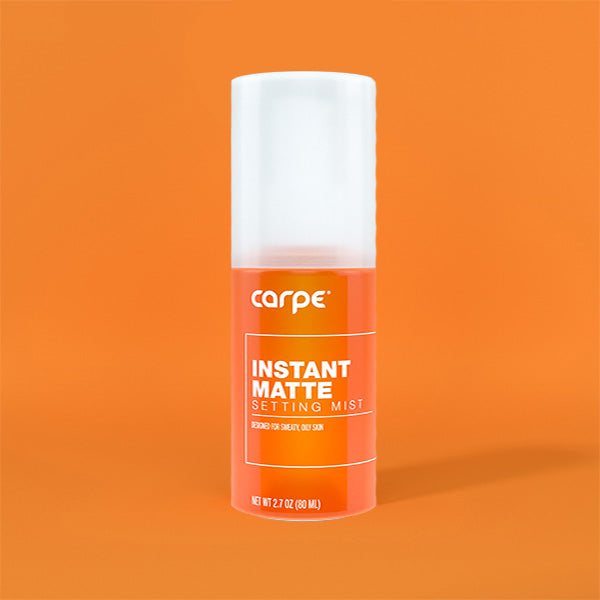

16790753702383.jpg?v=1679075372)

16790746985853.jpg?v=1679074700)


16790757289763.jpg?v=1679075731)






